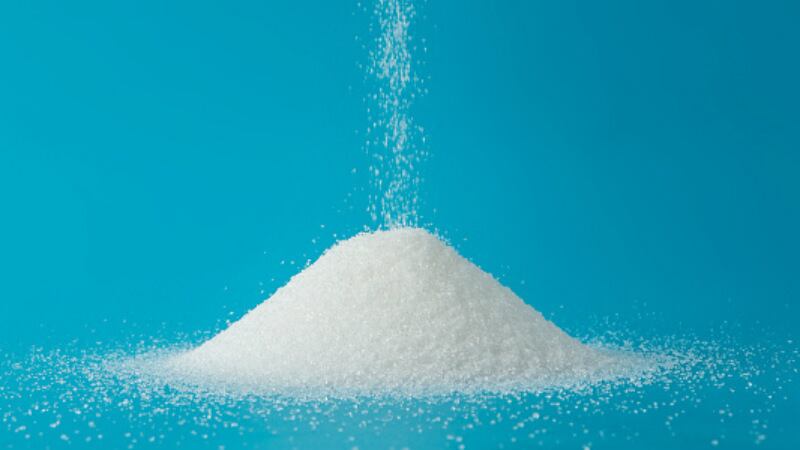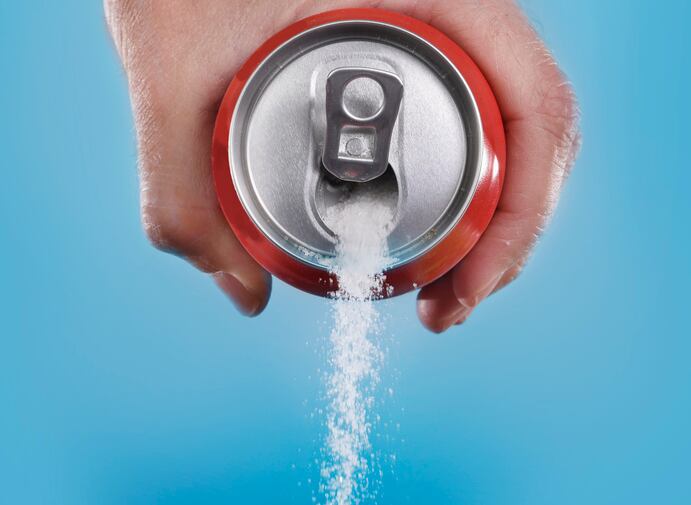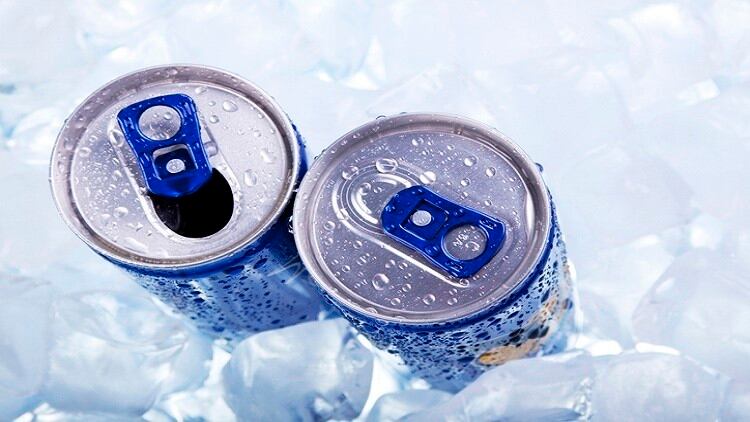“The Australian Beverages Council is fully supportive of added sugars in the Nutrition Information Panel (NIP) if implemented alongside changes that will come out of the Health Star Rating review,” CEO Geoff Parker told FoodNavigator-Asia.
“Manufacturers have experienced a number of label changes in recent years and this increases their costs and, in many instances, increases the cost to the consumer.
“While the Australian Beverages Council fully supports the Health Star Rating review and added sugars being included in the NIP, changes such as these must coincide to avoid multiple, costly label changes.
“FSANZ is the most appropriate agency to review nutrition labelling for added sugars in conjunction with a range of stakeholders, including industry.”
The Australia and New Zealand Ministerial Forum on Food Regulation (Forum) has been considering the implementation of such labelling since as far back as 2017.
As part of its latest session earlier this year, the Forum Ministers ordered Food Standards Australia New Zealand (FSANZ) to review such labelling options based on the proposed Policy Paper: Labelling of sugars on packaged foods and drinks.
“[Current] information about sugar provided on food labels in Australia and New Zealand does not provide adequate contextual information to enable consumers to make informed choices in support of dietary guidelines,” said the Forum via official communique.
“The option to quantify added sugars in the NIP (Option 4 in the Policy Paper) best met the desired outcome.
“Furthermore, the Forum agreed that a pictorial approach applied to sugary beverages / sugar-sweetened beverages (Option 6) warrants further consideration, along with other options, pending the response to the HSR five-year review.”
Such a ‘pictorial approach’ would likely mean pictures of the numbers of teaspoons of sugar inside the product, which could result in a glaring image for some items. An example would be Coca-Cola could see some 16 teaspoons of sugar printed on each can of the regular variant.
According to the Policy Paper, the food industry is against this option because it would mean hat the label would place an unfair ‘significant emphasis’ on sugars versus other nutrients such as sodium or saturated fat, and that this could result in ‘the removal of more holistic information from the food label, such as the HSR’.
“The Health Star Rating is the most appropriate way to assess and reflect the complete nutritional profile of foods and drinks,” said Parker, adding that adding a separate system was likely to confuse consumers.
That said, he maintained that AusBev was supportive of the added sugar labelling into the NIP, as ‘just another way to support consumers to make informed decisions’, adding that the council's member companies had also been ‘been actively engaged in reformulation and introducing smaller pack sizes over the last five or so years’.
Other considered labelling options
Apart from addition into the NIP and a pictorial approach, the Forum also considered several other options and based the decision on stakeholder (Food Industry, Public Health, Consumers, Governments, Others) support and the extent to which each option could achieve the desired outcome.
Option 1 was to remain at status quo, which received opposition from all aspects. Option 2 focused on consumer education, which was supported by the food industry but not by any of the other stakeholders as it would ‘not provide any new information to consumers’.
Industry opposed both Option 3 (to overtly identify sugar-based ingredients) and Option 5 (an added advisory label for foods high in added sugars) for fear that this would overemphasise sugars over other ‘negative nutrients’.
The last option was to provide digital linking to off label web-based information, which was supported by industry but opposed by all other stakeholders for being too consumer-dependent.





